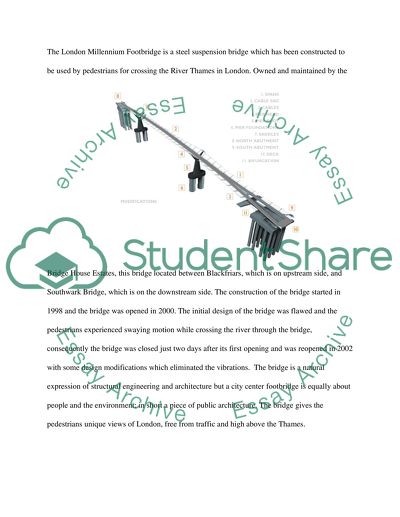Cite this document
(“Case study on the design of a contemporary Civil Engineering project Essay - 1”, n.d.)
Retrieved from https://studentshare.org/environmental-studies/1412311-case-study-on-the-design-of-a-contemporary-civil
Retrieved from https://studentshare.org/environmental-studies/1412311-case-study-on-the-design-of-a-contemporary-civil
(Case Study on the Design of a Contemporary Civil Engineering Project Essay - 1)
https://studentshare.org/environmental-studies/1412311-case-study-on-the-design-of-a-contemporary-civil.
https://studentshare.org/environmental-studies/1412311-case-study-on-the-design-of-a-contemporary-civil.
“Case Study on the Design of a Contemporary Civil Engineering Project Essay - 1”, n.d. https://studentshare.org/environmental-studies/1412311-case-study-on-the-design-of-a-contemporary-civil.


